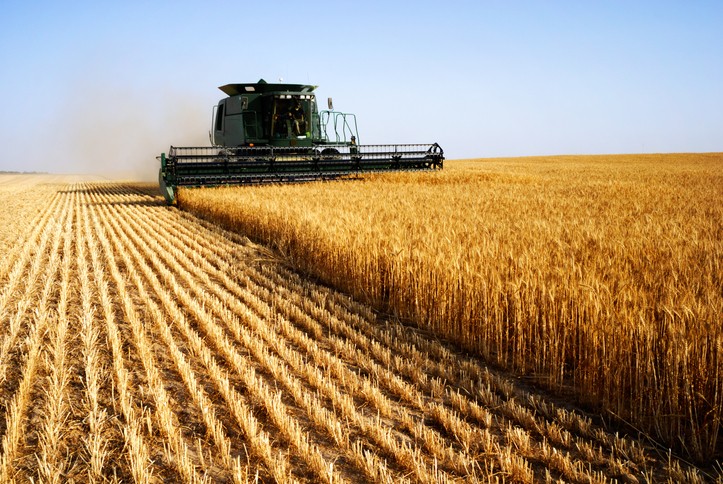



Some farmers believe a price increase on fresh fruits and vegetables has resulted in profits, while others say it has not. In the June quarter, the expense of vegetables grew by 5.5 percent, while the cost of fruit increased by 4.7 percent. Guy Gaeta, head of the NSW Farmers Horticulture Committee, says the increased margin is a mystery because it isn’t with producers. “Farmers aren’t disclosing changes in wholesaler payments, leading to assumption that the supply chain’s more powerful parts, such as major retail companies, are pocketing the profit,” he said.
In early August, Lebanese cucumbers were selling for up to $11.90 per kilogramme in Sydney shops, but growers were only getting approximately $5 per kilogramme, a 140 percent markup on the farmgate price. Red Delicious apples were selling for $3.90 per kilogramme at retail and $0.83 per kilogramme at the farm gate. Fresh food growers, who are price takers due to the perishability of their product, face supply chain imbalances, according to Mr Gaeta. “We understand that a lot of people are having a difficult time right now, and our hearts go out to the eateries and small businesses that are hurting,” he said.
But the major stores and wholesalers aren’t having trouble right now, and it’s irritating to think they’re profiting from increased food demand as other providers, such as fresh food markets, close.” Mr Gaeta believes that rising prices are due to a variety of issues, including labour shortages. “There are a variety of intricacies behind the inflation of necessary items, and we don’t want to speculate too much on them,” he added. “However, we do know that farmers aren’t experiencing a fair division of profit for their produce.”
Modelling commissioned by grower-owned research and development company Hort Innovation suggests a shortage of up to 24,000 workers for the coming harvest season. Quarantine capacity and costs continue to be a significant challenge, with some growers forced to pay more than $3000 per worker brought from Pacific Islands to fill the gap.
Article by: Hari Yellina (Orchard Tech)